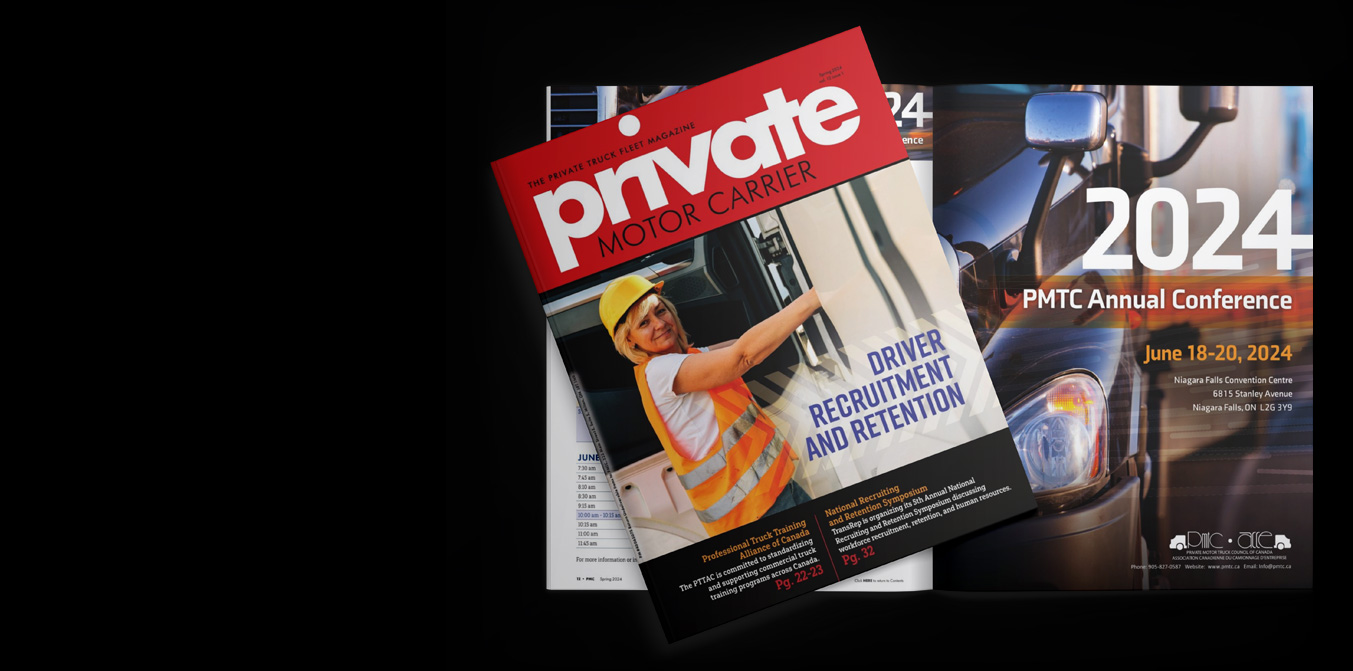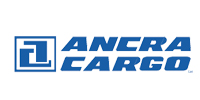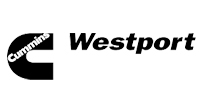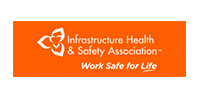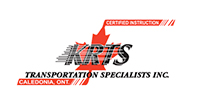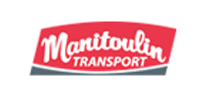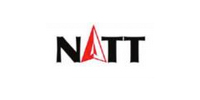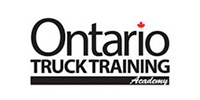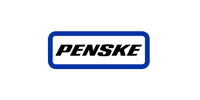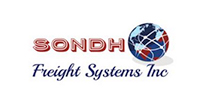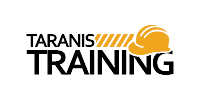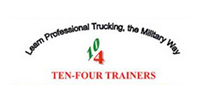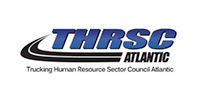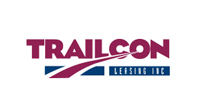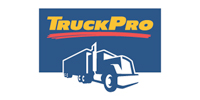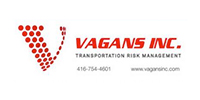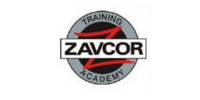Create a better bridge between your trailers and buildings by focusing on dock layouts, maintenance and procedures
Every effort to remain safe and productive on the road can be undone in the final few feet of a trip. It’s why a dock – the all-important bridge between a trailer and building – deserves more attention than it often receives.
Well-planned layouts, the right equipment, refined workplace procedures and commitments to good housekeeping all help to fight against delays, damaged freight and workplace injuries alike.
“People respect what you inspect,” offers logistics expert Thomas Freese, the principal behind Freese and Associates, describing why he focuses so much attention on something as fundamental as housekeeping. Clearing debris and cleaning spills will open a path for any freight and also help to protect against slips and falls.
The commitment to a cleaner workspace is strongest when specific people or teams are assigned to the tasks, he says.
Even when Freese walks into a distribution centre for the first time, he can identify the managers who regularly monitor these activities. They are the people who engage employees and know everyone by name. “In almost all these cases you will find that the housekeeping is better and the productivity is better,” he says. “It’s a sense of ownership. The employees have a sense of pride in where they’re working and what they’re doing.”
The housekeeping activities are not limited to cleanliness alone. Ongoing preventive maintenance will avoid other challenges.
Uneven dock plates send shocks through every passing forklift, stressing the muscles of operators. Damaged floors lead to unwanted flat spots on pallet jack wheels. Trailer maintenance will play a role as well. A worn shock, for example, can lead to an uneven dock leveler, potentially throwing someone off a forklift.
Guiding lines
As important as the ongoing maintenance will be, a well-designed layout makes a difference of its own.
A safe and productive flow of traffic can be guided by something as simple as lines on the floor, although Freese prefers to use tape, which can be more easily moved as an area evolves.
Pascal Jette of GMR Safety, which supplies PowerChock dock restraints among other tools, suggests physical barriers are sometimes a better option. People have been known to follow an “internal GPS” when walking through a warehouse and tapping away on a smartphone, he says. In these cases, a physical bar is tougher to ignore. “Safety procedures go a long way, but they don’t go all the way. You can have the best safety procedure in the world, but sometimes that guy is half asleep and can’t think straight.”
Aside from supporting pedestrian safety, clearly defined paths also help to eliminate many bottlenecks.
Darren Masson, a 14-year industry veteran who is now a quality assurance supervisor with Supply Chain Management, suggests many other bottlenecks can be addressed through better communication. All too often, just one or two employees understand when and where freight will go. “Then it’s a lot of standing around and wondering, ‘Who do I talk to?’” he says.
The solutions do not need to be complex. The most effective system he has found involves posting a schedule on a white board, letting everyone know what will arrive and when. Clearly marked pick tickets, meanwhile, help guide the move of every pallet by displaying trailer numbers and general descriptions of the goods rather than codes alone.
Separating the shipping and receiving doors will make a difference, too. “Too many times, a pallet shipping out ends up on a receiving trailer,” Masson says.
Holding tight
One of the biggest safety-related gains can be realized by properly securing vehicles during loading and unloading.
Wheel chocks need to be supplied at the very least, although there are limits to the low-tech tools. Supposedly secured trailers can still slip forward on an ice-covered surface, and simple chocks have little holding power against a driver who decides to hop in a truck and hit the accelerator.
“The wheel chock has to be manually inserted and you rely on the driver to do that, and there is no way to know -- if you’re about to load onto that truck on a forklift -- is it engaged or isn’t it engaged,” Freese says. “You assume it is. You can look down. You can see the chain as it goes in somewhere. It might be in the right place, but you don’t really know.”
Masson learned his lesson the hard way when loading freight onto a trailer earlier in his career. He remembers the sinking feeling he felt as the trailer pulled three feet away from the dock, destroying the dock plate in the process.
“Dock locks are of extreme importance in any design in any facility,” Freese says, referring to more refined systems. The options include equipment that latches onto ICC bars, or automatic wheel restraints. Once engaged, a light on the inside wall will confirm everything is held tight, warning people against driving a forklift onboard unless everything is secured.
The systems are particularly important for docks which deal with high volumes of inbound and outbound trailers, says Jette. And as important as the warning lights will be, he also stresses the value of an additional alarm, referring to his company’s PowerChock wheel restraints that will scream a 120-decibel warning if someone tries to remove the restraints before loading and unloading is finished.
“People can forget to look at lights,” he says. “It’s hard to forget an alarm.”
The space race
Across the dock door’s threshold, there will need to be clearly defined areas for trash, pallets and battery charging stations alike. And extra space can be found in often-overlooked places. Freese, for example, refers to the soaring ceilings in high-cube warehouses. Things like empty pallets can often be stored above the dock doors. “The forklift, instead of going into the truck, will lift the stacked pallets up and put them on a rack,” he says. “And when you go to ship empty pallets out again they are right there.”
But other spaces need to be maintained for their original purpose.
Many companies overlook the importance of a formal driver’s lounge, Freese explains. “You don’t want him wandering in the warehouse. You don’t want him in that staging area. You don’t want him interfering with your dock operations.” And every step to reduce foot traffic around the dock doors will help prevent accidents and make it tougher for someone to pilfer freight.
Typically, the lounge will require at least 120 square feet to support one driver, and another 20 square feet for each additional driver that will occupy the room.
Staging areas need to be protected as well. Initial designs might have set aside the required 15 to 40 linear feet of clear space between a door and storage area, but employees have been known to commandeer some of the room for other purposes.
Then there is the need to improve loading speeds.
Some private fleets and distribution centres have made massive productivity gains by rethinking the way goods are loaded. Non-palletized freight is lifted onto conveyors that deliver goods by gravity, straight into the truck. “You turn the door quicker,” Freese says.
The wider use of technology also supports quicker and more accurate loading. He prefers solutions such as RFID tags and bar codes over re-typed information. And when data such as licence plates, pallet contents and trailer numbers are available, it is easy to create an “information trail” to trace where any goods may be.
Cigarette manufacturers have taken this a step further by pointing video cameras into each trailer, tracking exactly what was loaded and when. The final image shows a label with the shipment number, trailer number and date. “Then they shut it and seal it,” he says.
Other technological options can help to protect equipment from speed-related damage. “Not everybody has as much space as they would like,” Jette explains. His company responded by developing a sensor and alarm that will sound if pallets are pushed too close to a dock door. Physical barriers are also available to block lift truck operators who might tend to race toward partially opened doors.
Product packaging and schedules will change, affecting how space is used and where the goods can flow. But those who see their docks as an evolving space will be ready for anything that comes their way.
6 ways to improve dock productivity
- Utilize all the available space – The space above dock doors can be used to hold pallets.
- Don’t use the dock for temporary storage – Keep the space clear of overflow inventories, used equipment, unresolved returns, recalls, defective goods awaiting disposition, promotional materials and other items.
- Light it up – Install dock lights to properly illuminate trailer interiors. This will make it easier to inspect cargo and read labels.
- Ensure adjoining storage areas are aligned perpendicular to the dock – This will minimize a common source of bottlenecks.
- Restrict access to unauthorized personnel – The dock is not the space for uninvited sales calls, informal meetings or driver breaks.
- Keep staff trained – Dock employees should be familiar with available equipment, safety and emergency procedures.
Source: Freese and Associates
10 ways to improve safety on the dock
Looking to avoid injuries around the dock? Consider the following tips:
- Adopt a traffic management plan that is designed to reduce congestion.
- Remove surplus pallets. Turn them over to a pallet distributor, or store them in a dedicated area of the warehouse.
- Clearly mark the areas where pedestrians can safely walk.
- Enforce pedestrian safety rules and safety boot policies.
- Encourage truck drivers to remain in defined waiting areas.
- Do not allow anyone to drive over a collapsed dock leveler.
- Remove any freight that contributes to blind corners.
- Restrain any vehicles before unloading freight. Accepted tools for this include wheel chocks or dock locking systems.
- Adopt a procedure that keeps trucks from pulling away while freight is being loaded or unloaded. Options might involve asking drivers to hand over the keys until work is finished, or using gladhand devices to lock the brakes.
- Include indoor and outdoor dock areas in monthly workplace inspections.
Sources: Workplace Safety and Prevention Services, and the Ontario Ministry of Labour


